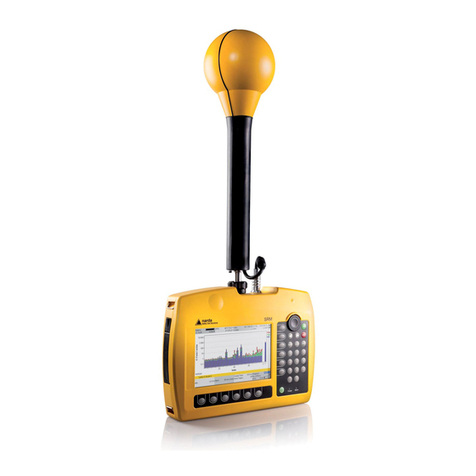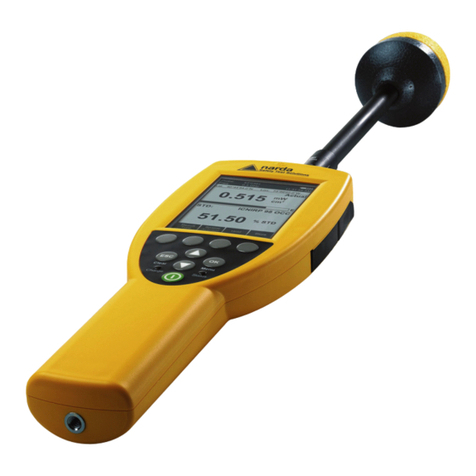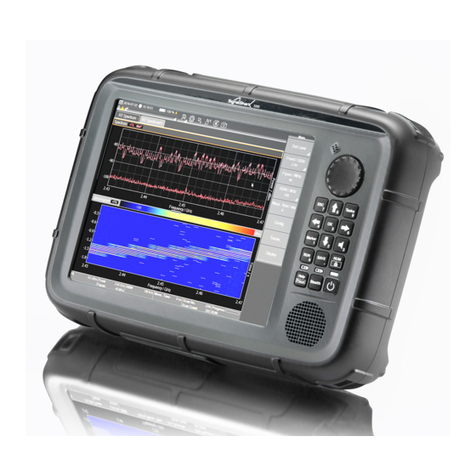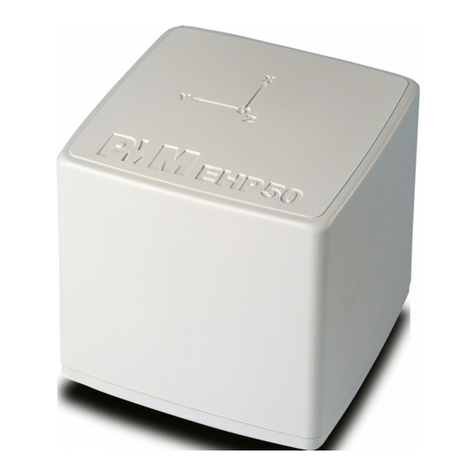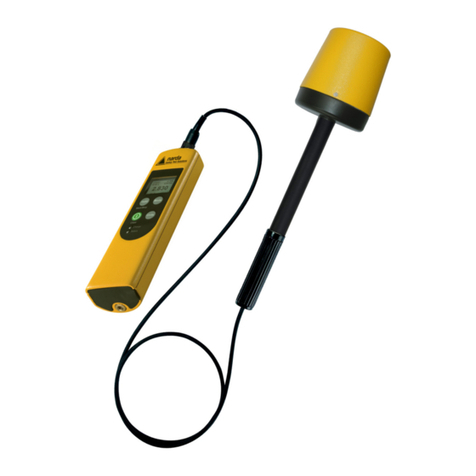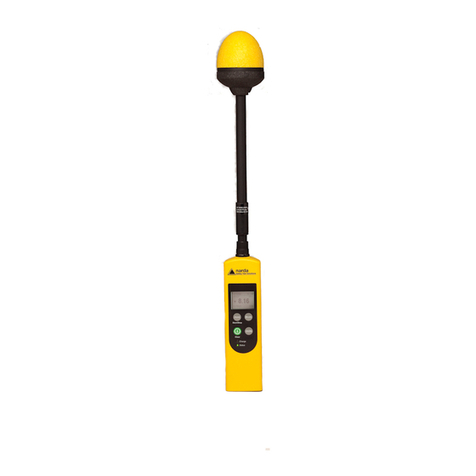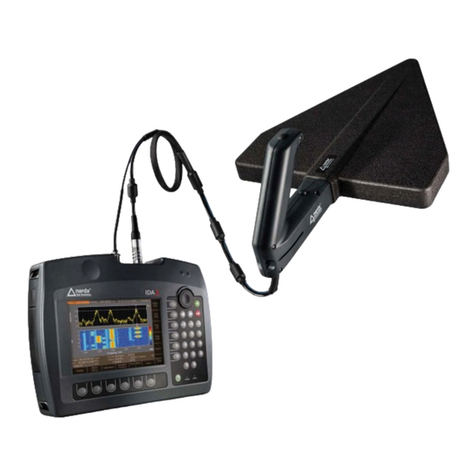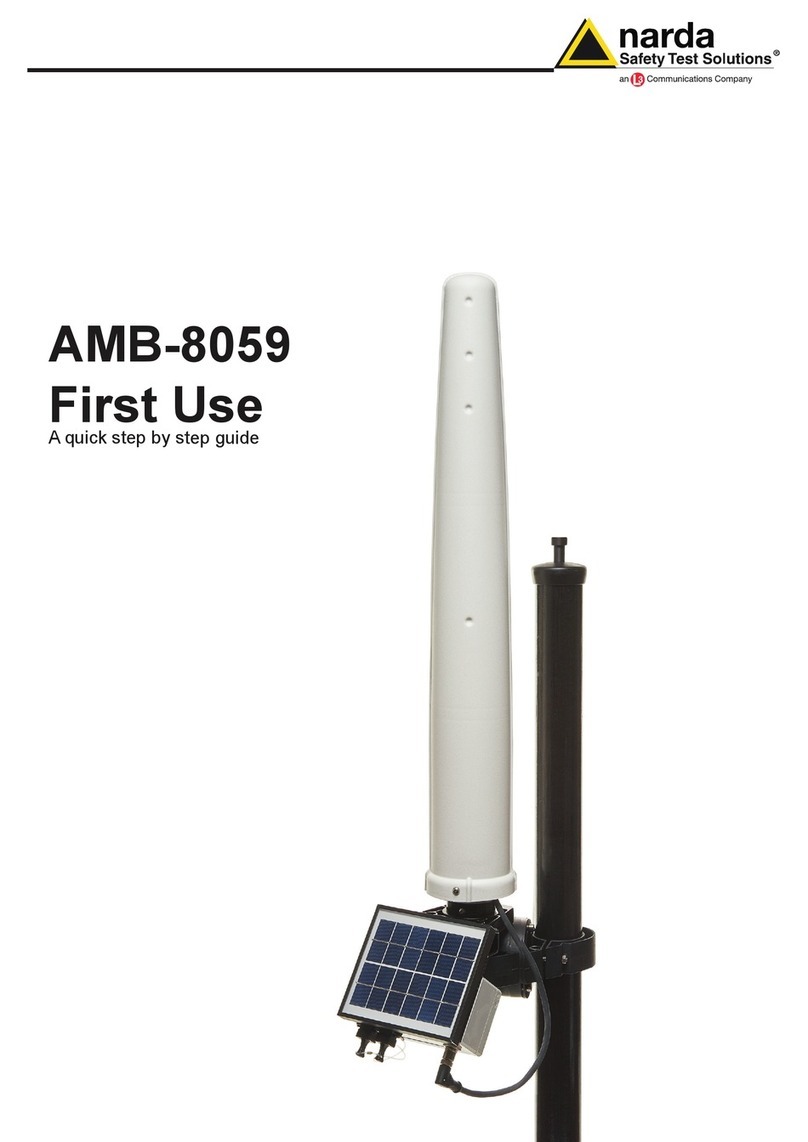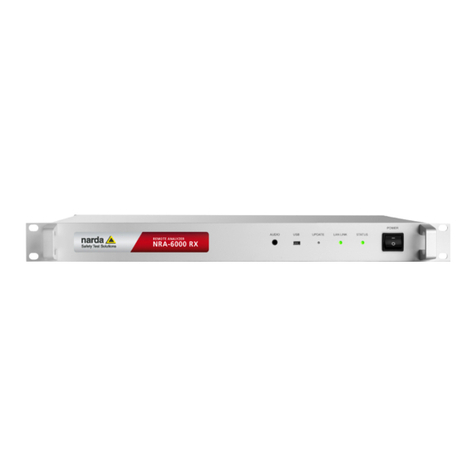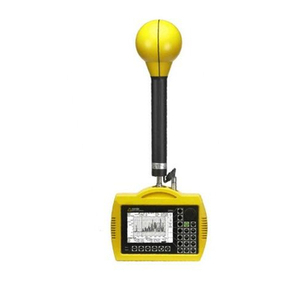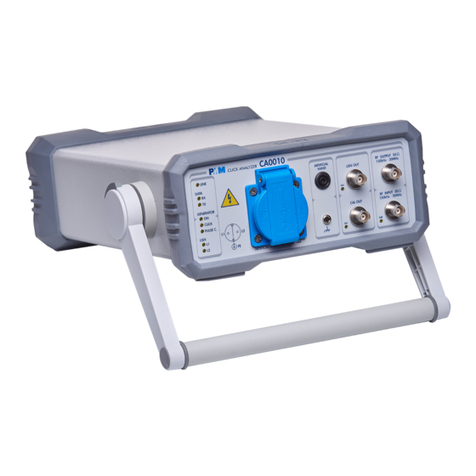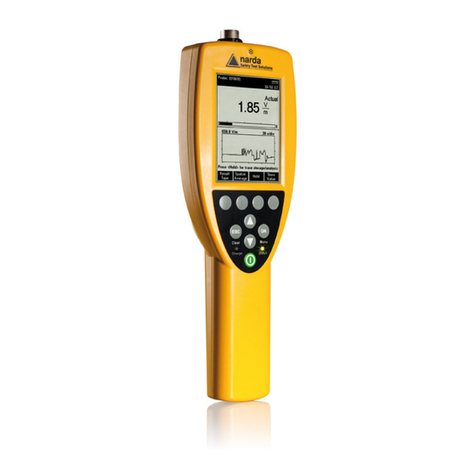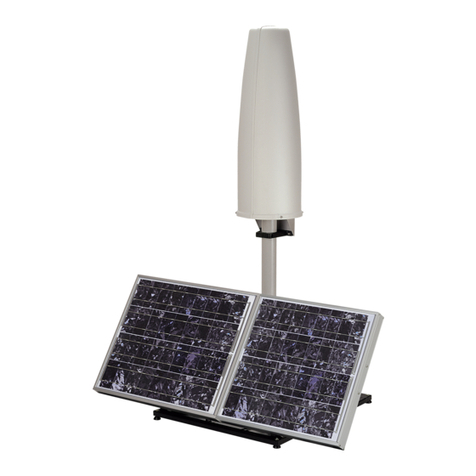1Introduction
SMARTS II 3
Contents
1Introduction...........................................................................................................6
1.1 Measuring electromagnetic fields.....................................................................6
1.2 About this monitor.............................................................................................6
Applications..........................................................................................................7
1.3 About this Operating Manual ............................................................................7
Usage of the brochure..........................................................................................7
Characters and symbols used..............................................................................7
Symbols and terms used in warnings...................................................................7
Structure of warnings...........................................................................................8
Symbols and marks used in this document..........................................................9
2Preparing the SMARTS II for use.......................................................................10
2.1 Intended use.....................................................................................................10
2.2 Unpacking ........................................................................................................11
Packaging..........................................................................................................11
Package contents ..............................................................................................11
Checking the device for shipping damage..........................................................11
Recovery after shipping and storage..................................................................11
2.3 Operation..........................................................................................................12
2.4 Electromagnetic fields.....................................................................................13
Strong electromagnetic fields.............................................................................13
Improper model..................................................................................................13
2.5 Sensor area ......................................................................................................14
2.6 Power supply....................................................................................................14
Damaged power supply .....................................................................................14
Mains voltage, condensation, temperatures, ventilation .....................................15
2.7 Batteries ...........................................................................................................15
Impermissible environmental conditions.............................................................15
Improper handling of batteries............................................................................15
Use and replacement of batteries.......................................................................16
Combustion of the batteries ...............................................................................16
Dangerous emitted substances..........................................................................16
2.8 Instrument overview ........................................................................................17
3Operation overview.............................................................................................18
3.1 Test button .......................................................................................................18
3.2 Alarm indications.............................................................................................18
Audible...............................................................................................................18
Visual (LED indicator) ........................................................................................18
Alarm indication overview...................................................................................19
3.3 Sensor...............................................................................................................19

